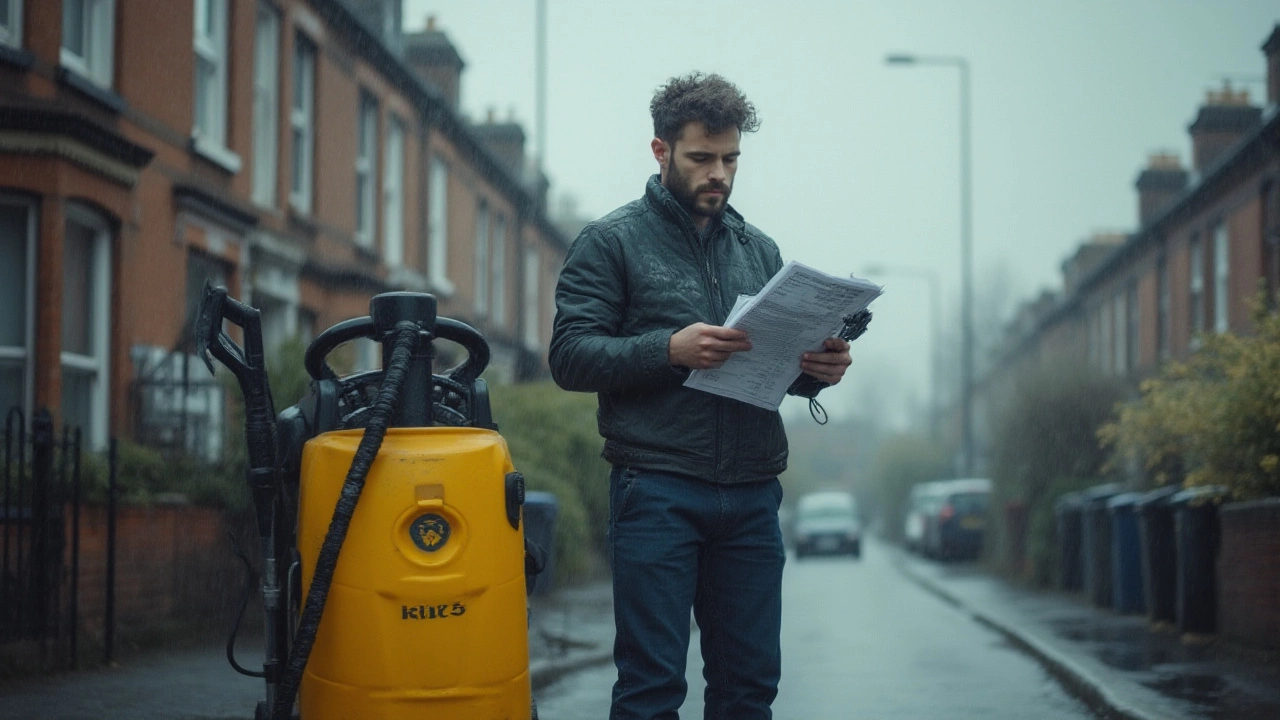Equipment Costs: How to Budget for Your Cleaning Tools
When you start a cleaning job, whether at home or for a client, the first thing that pops into your mind is how much the gear will set you back. From vacuums to mops, the price tags can add up fast. Knowing where your money goes helps you avoid surprise bills and keeps your service profitable.
What Makes Up Equipment Costs?
Equipment costs cover three main areas: purchase price, maintenance, and replacement. A high‑quality vacuum may cost more upfront, but it often lasts longer and needs fewer repairs. On the other hand, cheap mops might need to be swapped out every few months, which can end up costing more over time. Don’t forget consumables like cleaning solutions, microfiber cloths, and disposable gloves – they’re recurring expenses that need to be factored into your budget.
Another hidden cost is storage. If you run a small business, you’ll need space to keep your gear organized and protected. Shelving, carts, and even a dedicated closet add to the overall expense. Make a list of everything you own and note the price you paid, how often you use it, and when you expect to replace it.
Smart Ways to Cut Equipment Costs
Start by buying only what you truly need. A good rule of thumb is to match the tool to the job. For everyday surface cleaning, a sturdy microfiber mop works just as well as an expensive steam mop. If you handle commercial spaces, investing in a commercial‑grade vacuum can save you time and money in the long run.
Look for bulk deals or supplier discounts. Many cleaning supply companies offer a lower price per unit when you order a case of cloths or a pack of cleaning solutions. Don’t shy away from gently used equipment either – a second‑hand vacuum that’s been well‑maintained can be a real bargain.
Regular maintenance is a simple way to stretch the life of your tools. Clean filters, replace worn brushes, and tighten loose parts before they break down. A few minutes of upkeep each week can prevent costly repairs or early replacements.
Finally, track your spending. Use a spreadsheet or a simple app to record every purchase and maintenance cost. Seeing the numbers in front of you makes it easier to spot where you can trim the fat and where you’re getting the best value.
Bottom line: equipment costs don’t have to eat up your profits. By understanding the true cost components, buying smart, maintaining well, and keeping a close eye on expenses, you can run a cleaning operation that’s both effective and affordable.

Biggest Downsides of Starting a Pressure Washing Business in 2025
Discover unexpected challenges and hard truths about launching a pressure washing business, from high costs to tough competition.
Read More